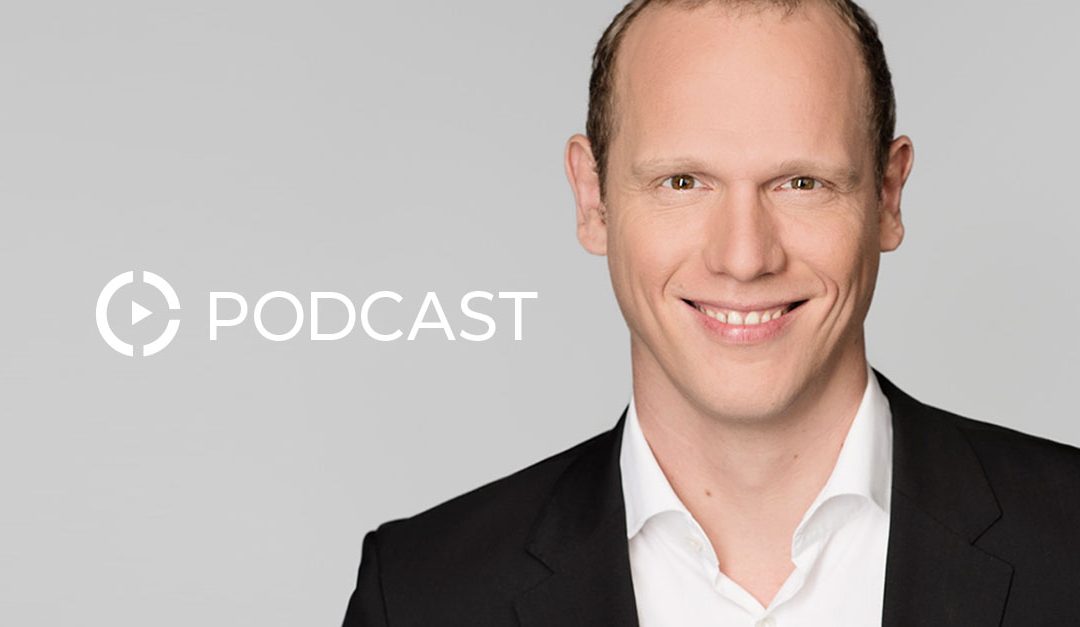Long overdue, we are pleased to feature our second founder Dr. Markus Wuebben in this podcast episode. He is responsible for research and development at CrossEngage, holds a Ph.D. in data-driven marketing, and is a real marketing veteran. Back in the days at Rocket Internet, he developed a solution for multichannel campaign management which was used by more than 70 companies in 20 countries. Dr. Markus Wuebben was customer management director at EPIC companies as well as head of industry promotions at Arvato/Bertelsmann. In this episode, he shares his take on customer-centric and data-driven CRM and marketing. In this context, he also talks about his motivation to found CrossEngage and what he sees as the most promising trends and channels—like WhatsApp and chatbots.
Comparing the long-term economic value of a lead to an existing user, the latter wins with a considerable edge. Retention and first-to-second-order rates make the difference regarding profitability. Though this holds true for some business models more than others, companies increasingly shift forces from expensive and complex acquisition efforts to retention. Businesses that are profitable with first orders or exhibit long customer lifecycles are excluded. All others need retention.
Retention nowadays more than ever means staying on top of your customers’ consideration set. It can be seen as re-acquisition efforts targeting existing customers. Especially in the realm of first-order platforms which bogart the largest share of customer access, brands need to find a way to achieve a competitive advantage and regain their margins. Platforms like Facebook, Google, and Amazon auction customer access while providing marketers with the same targeting options, thus narrowing down possibilities to differentiate. Re-acquisition tactics can be optimized to a large extent utilizing data generated from lower-funnel activities like purchases, product usage, and customer inquiries. Brands need to utilize these CRM insights to retain direct customer access and simultaneously gain a competitive advantage when targeting on platforms.
Moments of Intent
These days, people are flooded with contents of all kinds. Considering the logic of endless feeds and swipes, everything becomes background noise and is dismissed in a second if it’s not useful or catchy. If people have a particular intent, they’re much more receptive for certain information. This line of thinking is the core of Google’s concept of micro-moments. While perception is one thing, memory is another. We tend to remember significantly good or bad moments and how experiences end. In psychology, this phenomenon is referred to as “peak-end rule”. Considering these and similar concepts, it’s not only content itself but also its distribution across channels which can be adapted to individual needs and intentions. Based on data, brands can model their communication to be tailored for certain moments of intent.
“The Real Power of Content Comes into Effect When You Have the Right Customer Data”
To gain an advantage of customer data, one needs to dissolve data silos and aggregate comprehensive customer profiles. In this regard, data volumes, as well as complex data structures, constitute issues very few companies try to address themselves. And even renowned marketing cloud vendors exhibit deficiencies in this regard. Most systems already struggle with inquiries like the last five products or pages a customer viewed. Taking all of this into account, it’s standing to reason that we see an upsurge of customer data platforms (CDPs).
But technology selection should be the last step when setting up CRM and marketing infrastructure. Prior, companies need to elaborate a proper strategy and consider organizational implications. For instance, new roles like an audience manager or a chief data officer come into being. Customers expect an orchestrated experience and not diverting and conflicting messages. Technology enables teams to pursue an orchestrated approach to CRM and marketing paying into the overall strategy.
“A Customer Is Not Unique to a Channel”
Overcoming data, team, and channel silos, profitability needs to be measured based on individual customers rather than merely on separate channel KPIs, according to Dr. Markus Wuebben. Considering the modern, non-linear customer journey across several channels, the interplay of channels obviously has effects on the combined return on investment (ROI). So it makes little sense to assess channels in isolation. Instead, marketers can put emphasis on individual customers by calculating a customer lifetime value (CLV) which constitutes a channel-agnostic KPI. Metrics based on single users also incentivize teams to cooperate instead of focusing on their respective ROI per channel.
